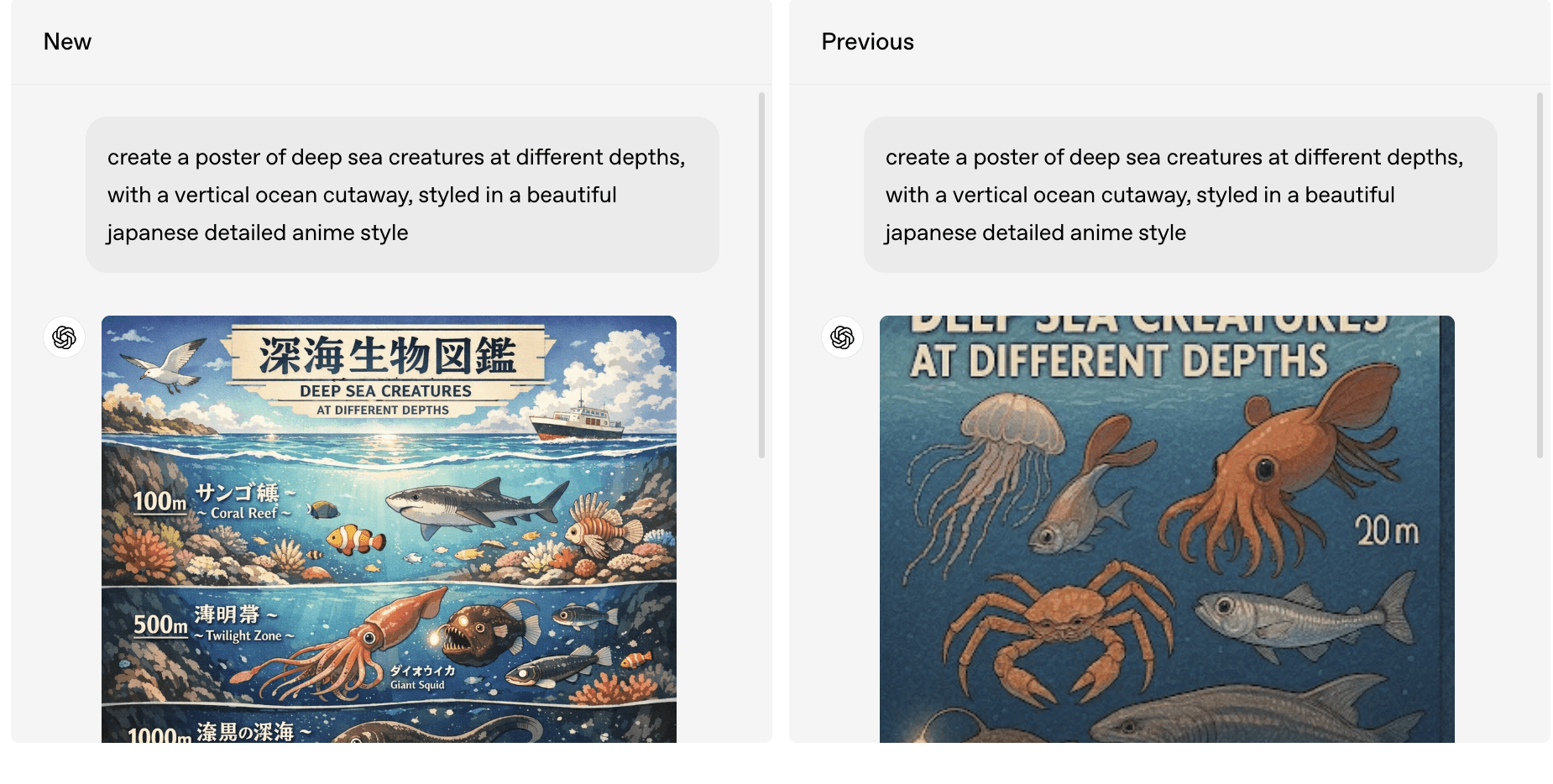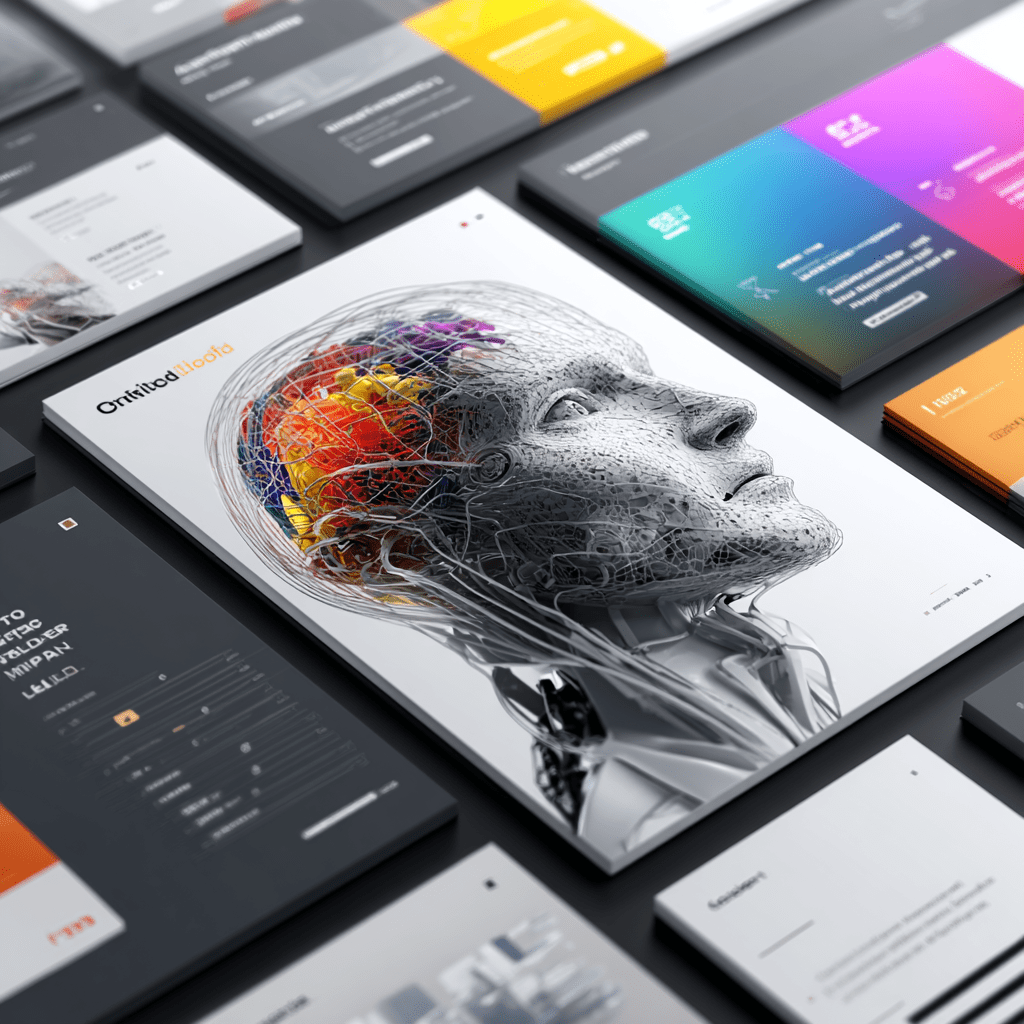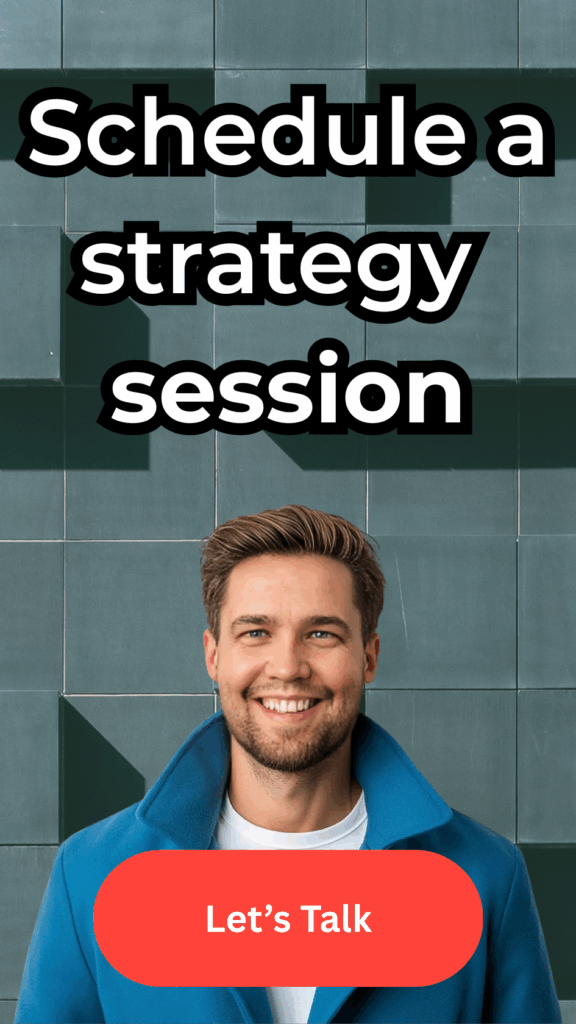How PhantomBuster Is Redefining LinkedIn Growth for the Adaptive Marketer
TL;DR:
LinkedIn has become the new frontier of B2B networking—but manual outreach can’t keep pace with today’s adaptive growth systems. Tools like PhantomBuster are changing how leaders scale authentic connections. Used strategically, automation isn’t about shortcuts; it’s about creating intelligent, always-on engagement that compounds over time.
The End of Manual Networking
For decades, B2B relationships have relied on coffee chats, conference corridors, and cold emails. Yet the past three years have rewritten those rules. The modern LinkedIn feed is a living ecosystem where brand visibility, thought leadership, and human connection blur together.
According to LinkedIn’s B2B Benchmark 2024, over two-thirds of marketers now rely on automation tools to manage outreach and lead generation at scale. But most still treat automation as a task-saver rather than a strategic growth system.
That distinction matters. Ogilvy’s Adaptive GTM Model warns that short-term tactics collapse under long-game realities: campaigns reset, data fragments, and relationships stall. Adaptive marketers, by contrast, build systems that evolve continuously with their market—what Ogilvy calls “always-on activity and continuous evaluation.”
PhantomBuster exemplifies that shift. It automates what marketers already do manually—viewing profiles, sending connection requests, liking posts—but does it rhythmically, reliably, and data-consciously. The outcome isn’t mass outreach; it’s consistent visibility, the lifeblood of modern B2B credibility.
From Workflow to Flywheel
The smartest automation isn’t mechanical; it’s behavioral. It mirrors human intent while removing friction. In the video that inspired this article, the creator demonstrates a deceptively simple system: define your Ideal Customer Profile, export the search, and let PhantomBuster send curated connection requests.
The brilliance lies not in the code but in the discipline of design. Every automation reflects a stage of the buyer’s journey—awareness, consideration, decision—as mapped in Geeky Tech’s B2B Inbound Marketing Guide.
Here’s how adaptive marketers turn that workflow into a flywheel:
- Awareness: PhantomBuster’s Network Booster keeps daily outreach steady, ensuring your name surfaces in targeted feeds.
- Engagement: The Auto-Liker nurtures new connections through lightweight, contextual interactions.
- Conversion: Connection acceptances trigger personalized follow-ups, often integrated into CRMs via Zapier or HubSpot.
Each micro-action contributes to a compound effect: a network that grows itself.
In Marketo’s Marketing 2025 Report, CMOs predict that the next decade’s competitive edge won’t come from more content but from smarter orchestration of technology and empathy. Automation becomes strategic only when it preserves the human in the loop. PhantomBuster’s most effective users understand this—they build automations that behave like thoughtful assistants, not spam cannons.
Humanizing the Machine
The anxiety around LinkedIn automation usually stems from a false dichotomy: that you must choose between authenticity and efficiency. The truth is, the future of B2B marketing belongs to those who master authentic efficiency.
LinkedIn’s 2024 research highlights three qualities shaping tomorrow’s marketing leaders: adaptability, communication, and empathy. Those aren’t replaced by AI; they’re amplified by it. Automation frees cognitive space for higher-order work—conversation, creativity, context.
To make automation adaptive, not robotic:
- Define clear intent. Every workflow should map to a purpose—visibility, relationship nurturing, or insight gathering—not vanity metrics.
- Respect the rhythm. Withdraw unaccepted invites after two weeks. Engage with genuine comments rather than generic likes.
- Integrate learning loops. Track acceptance and response rates, then refine targeting weekly. Treat your automation metrics like performance marketing KPIs.
- Fuse data with narrative. Use content to sustain dialogue. Share ideas, not pitches. As SEO in 2025 reminds us, visibility now depends on experience, expertise, authority, and trust (E-E-A-T)—qualities impossible to fake, even at scale.
When done right, tools like PhantomBuster create what Ogilvy calls an “always-on marketing system”—a network that grows, learns, and self-corrects over time. In practice, that means your outreach runs while you sleep, your brand engages while you think, and your influence compounds while you build.
The Broader Shift
The rise of PhantomBuster isn’t about automation per se; it signals a deeper transformation across B2B marketing. We’re moving from campaign thinking to system thinking—from chasing quarterly leads to designing adaptive ecosystems.
This mirrors a broader truth from Marketo’s data: by 2025, “customer lifetime value” will eclipse “lead generation” as the top marketing KPI. Connection, not contact, becomes the new growth currency.
So the real question isn’t how to automate LinkedIn—it’s what kind of marketer you want to be when you do. One who floods inboxes with noise, or one who designs intelligent systems that scale trust?
Automation is no longer a competitive advantage—it’s table stakes. What differentiates leaders is how they use it.
PhantomBuster, in the hands of an adaptive marketer, becomes less a growth hack and more a growth philosophy: an architecture of continuous connection that respects both human time and digital rhythm.
In 2025 and beyond, the marketers who win won’t be those who work harder or even smarter—they’ll be the ones who automate with intent.








